Mysterious Portugal is a country with a rich history and culture, a warm temperate climate, first-class service and low crime. Located in the southwest of the Iberian Peninsula, it is not too familiar to tourists who still prefer other, more classic European destinations - France, Spain, Italy.
Meanwhile, Portugal deserves to be given some of your vacation and attention. Ancient cities and magnificent medieval fortresses, well-maintained, clean beaches and well-developed infrastructure, numerous resorts and chic local cuisine make holidays in this country rich, interesting and varied. The subtropical Mediterranean climate allows you to relax in Portugal almost all year round. The only thing worth considering: the winters in this country are rainy, although warm - from 5 to 10 ° C.
There are many 4-5 star hotels in the country. The best of them are located in ancient castles and fortresses. It is best to start your acquaintance with Portugal from Lisbon. Then you can move on to smaller cities - Porto, Braga, Coimbra. Do not forget that in addition to the continental part, Portugal also has island possessions - the Madeira archipelago. The main visiting card of the country - port wine is worth a try in combination with a local delicacy - swordfish. Fish and seafood dishes are the main focus of Portuguese cuisine.
What to see in Portugal?
The most interesting and beautiful places, photos and a brief description.
Azores
Silence and tranquility reign on nine islands located in the center of the Atlantic. There is no developed infrastructure, but there are plenty of whales, dolphins and corals. Fans of beach holidays, eco-tourism, diving and fishing go to the Azores archipelago. Healing geysers beat in the sulfur caves, and Pico Island has its own volcano.
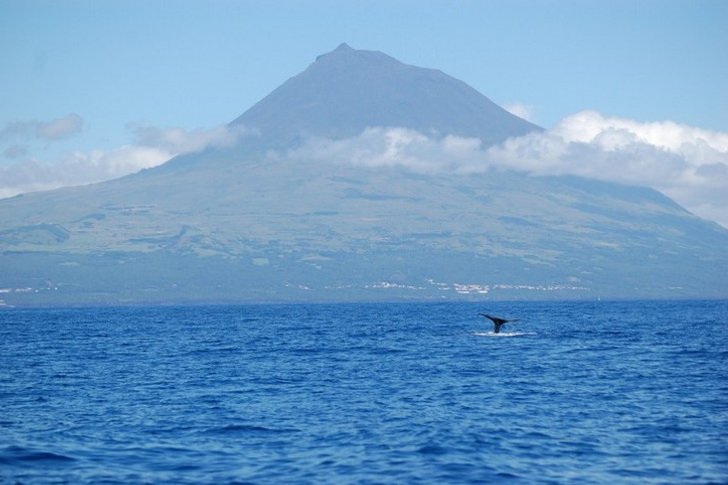
Belem Tower
Standing on an island in the Tejo River, the fort is one of the symbols of Lisbon. It was built in the first third of the 16th century, in honor of Vasco da Gama's discovery of the sea route to India, and was alternately used as a fortress, gunpowder store, prison and customs. Today, the tower is open to tourists.
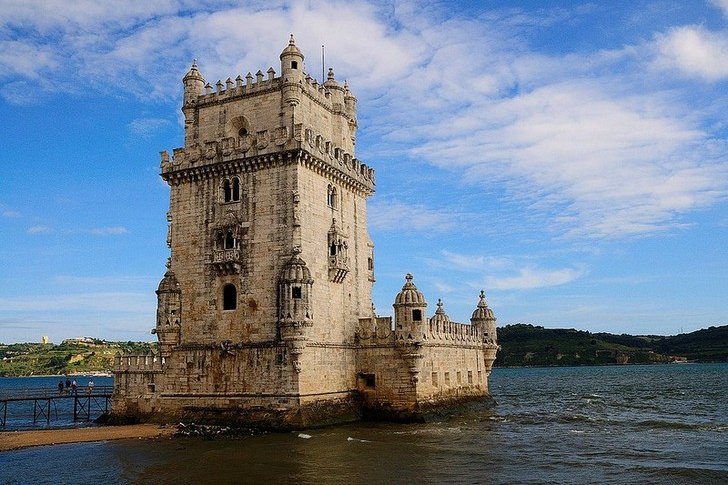
Alto Douro
The wine region of Portugal is the birthplace of port wine, which gained worldwide fame in the 18th century. Wine has been made in this area for the past two thousand years: grape seeds found in the soil and production dating back to the 3rd-4th century testify to this. Today, both light (Bordeaux) and fortified (Burgundy) drinks are produced in the Douro Valley.
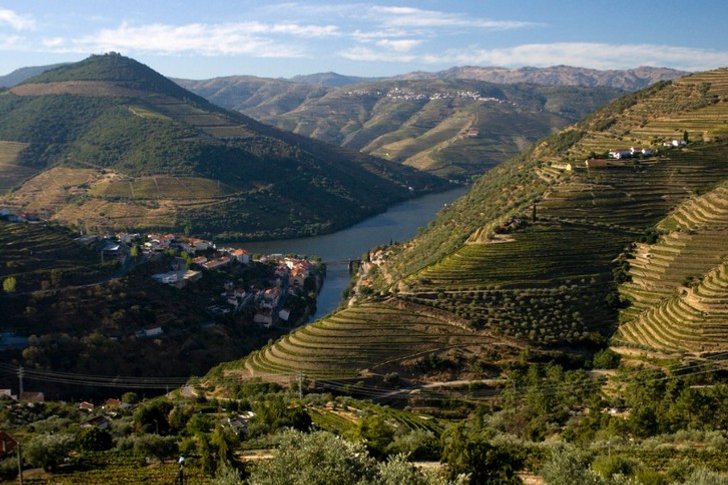
Aveiro city
Portuguese Venice was first mentioned in chronicles in 959. The river passing through the city with colorful seaweed boats floating on it gives Aveira an indescribable charm. Local attractions date back to the Middle Ages. The city center consists of houses built in the Art Nouveau style.
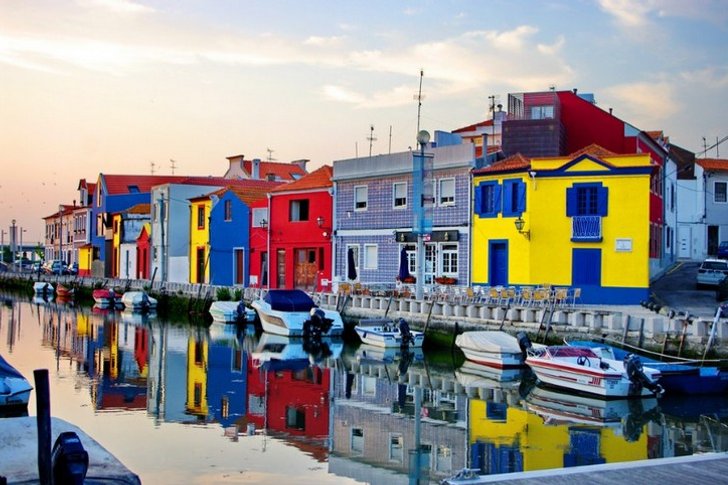
Pena Palace
The “medieval” Pena Palace, located above the city of Sitra, only at first glance seems old. In fact, it was built in the 19th century in the then popular Romantic style, copying ancient architecture. The park, broken around the palace, contains plants from different parts of the world: Australian ferns, North American sequoia, Mediterranean cypress.
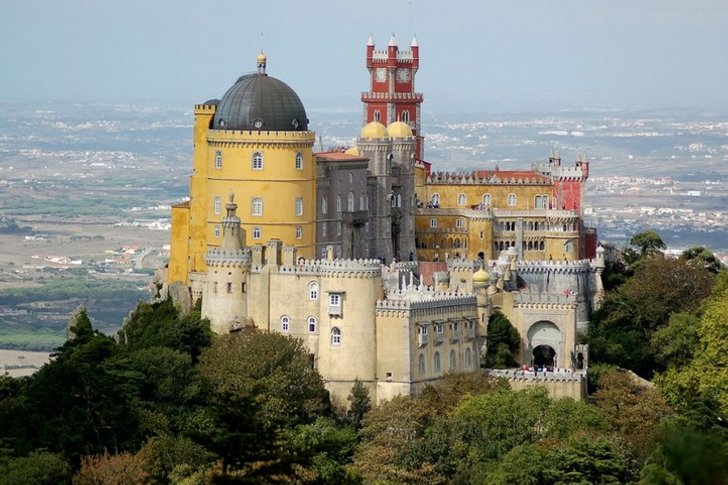
Vasco da Gama bridge
The longest bridge in Europe was opened in 1998. The cable-stayed structure, turning into a viaduct, stretches across the Tagus River for more than seventeen kilometers. The bridge consists of seven sections and six car lanes. Since 2008, entry through Vasco da Gama to Lisbon has been paid. On the bridge, speeds up to one hundred and twenty kilometers per hour are allowed.
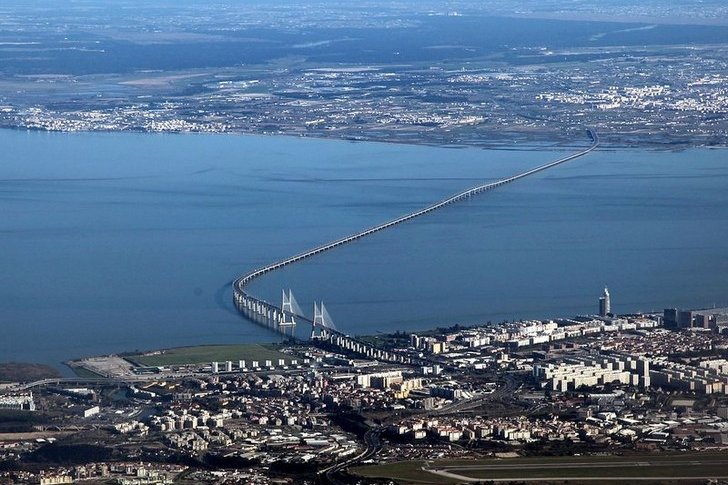
Evora Museum City
Located one hundred and thirty kilometers from Lisbon, Evora keeps the cultural heritage of the ancient Romans and Moors. The oldest monument is the temple of Diana (II-III century AD), the most unusual is the “Bone Chapel”, built from the skeletons of ten thousand Portuguese Christians. Narrow streets, numerous squares with fountains and arches rising as if from the ground make Evora a real open-air museum.
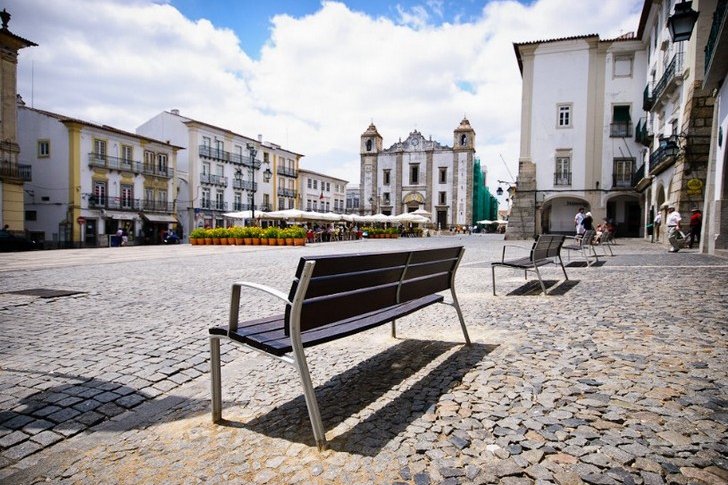
Madeira Island
Located a thousand kilometers from Portugal, on the western side of Africa, the island is famous throughout the world for its clean air and balneological centers. There are practically no beaches in Madeira. Access to the ocean is carried out by special ladders. The main island entertainments are windsurfing, diving, golf, tennis, horseback riding, hunting for tuna and pygmy sharks.
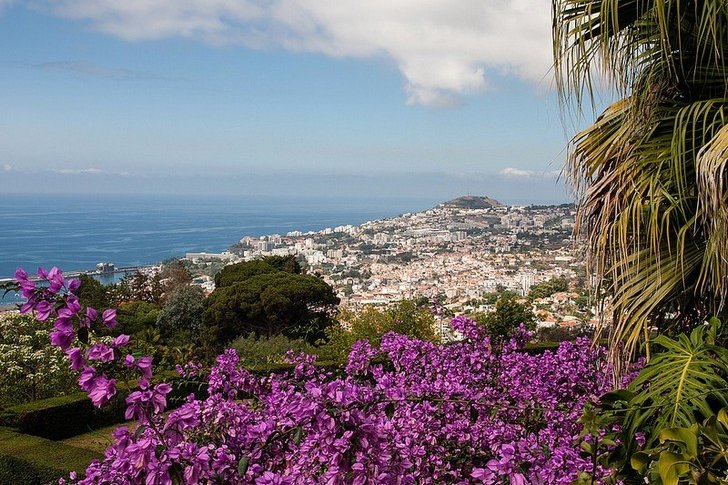
Monastery of Alcobaça
The Cistercian (Catholic) monastery of Santa Maria de Alcobaça was founded in the middle of the 12th century. The heyday of the monastery fell on the XIV-XVI centuries, when two castles and thirteen cities fell under its subordination. The three-aisled basilica of the abbey is built in the Gothic style. The facade of the cathedral has pronounced baroque features.
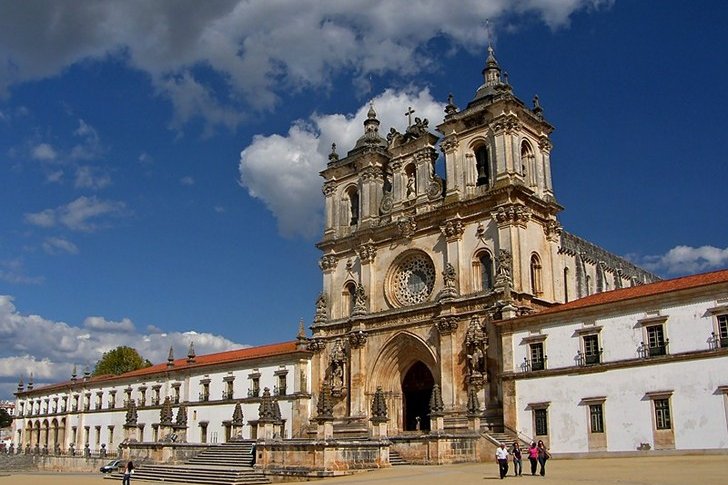
Cristo Rey
The twenty-eight-meter statue of Jesus Christ, towering over the city of Almada, on a pedestal seventy-five meters high, was built on popular, mostly female, donations in the middle of the 20th century. Cristo Rey is a request to the Lord to save Portugal from the Second World War. A good request, since the country did not participate in it in the end.

Obidos Castle
One of the Seven Wonders of Portugal was built in the 12th century on the site of ancient Roman baths. The quadrangular fortification was erected in the military Manueline style, classic for that time, combining elements of Gothic, Renaissance and Mauritanian culture. After the Lisbon earthquake, the castle fell into disrepair. Since the 19th century, it has been functioning as an unofficial museum.

Almendrish
Huge blocks of stone (megaliths), which have survived to this day from the Neolithic (the last stage of the Stone Age), are the largest accumulation of menhirs (vertically set stones) on the Iberian Peninsula. Ten monoliths of Almendrish contain carvings. Four of them have small round holes.

Don Luis Bridge
The bridge connecting the cities of Porto and Vila Nova de Gaia is named after the Portuguese King Luis I. The massive structure, 385 meters long, was built in 1886. Don Luis Bridge is designed for road and rail transport. It also has a special pedestrian zone.
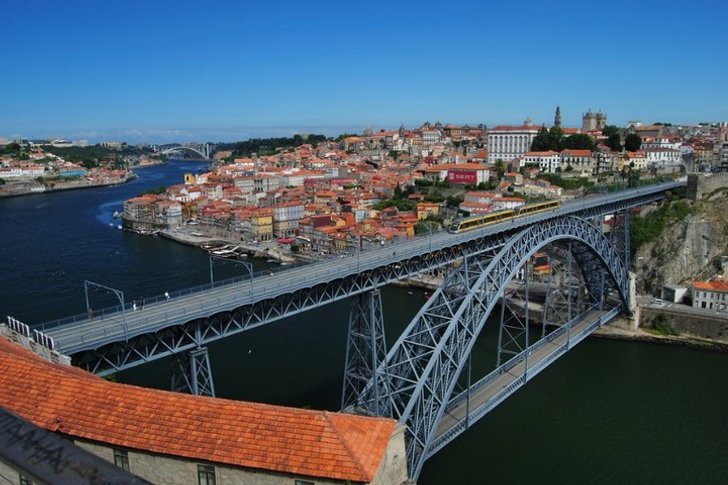
Quinta da Regaleira
The palace and park complex of Baroness Regaleira consists of a four-story neo-Gothic palace, a Roman Catholic chapel and a multi-tiered park, consisting of an “upper” wild forest and a lower, garden part. Gothic turrets and gargoyles of the palace look organically surrounded by artificial grottoes and carved benches.

Porto Santo
The tiny island of the Maidera archipelago is an ideal place for relaxation surrounded by golden beaches, emerald greenery and turquoise water. Despite its small size, Porto Santo can offer tourists a well-developed infrastructure and a lot of entertainment, from a sightseeing tour of the island to diving.
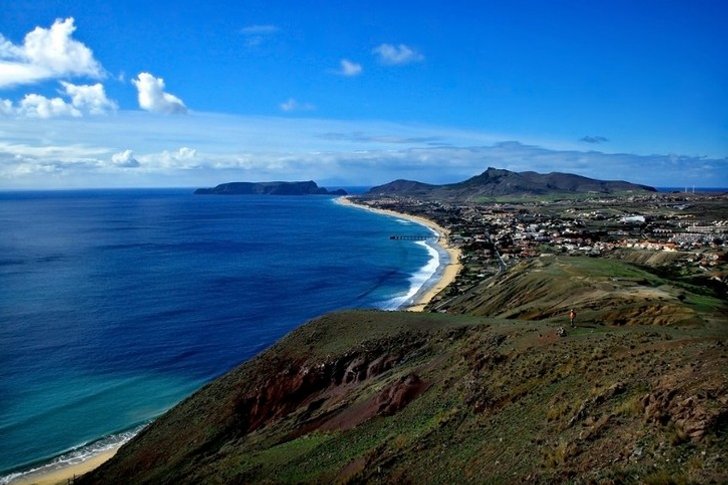
Monte Tropical Garden
The tropical garden, laid out on the island of Madeira around the Monte Palace, consists of two artificial lakes, and a huge number of local and exotic plants brought from around the world. The territory of the garden is decorated with numerous sculptures and square stones, lanterns and Buddha statues. On the paths of Monte you can meet handsome peacocks and fighting Indonesian roosters.
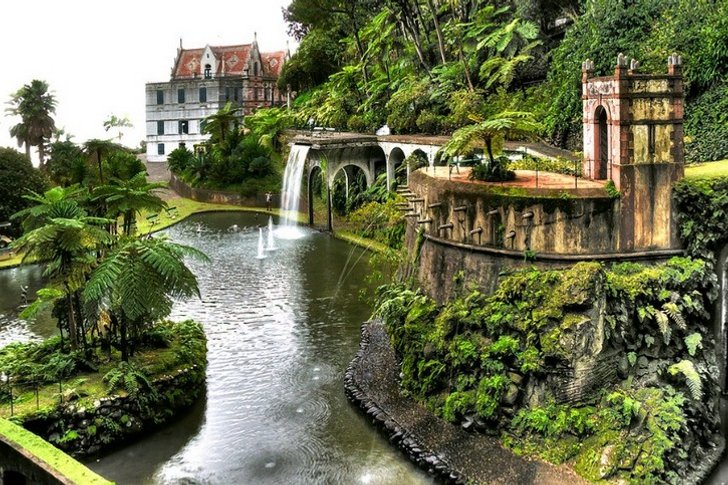
Vilamoura (Vilamoura)
The elite resort of Vilamoura is the main tourist center of the Lisbon Riviera. Three large beaches with "blue flags", six golf clubs, the ruins of ancient Roman baths, diving centers and art galleries coexist in it with coastal cafes and chic restaurants. The city has tennis and squash courts, bike paths, and a casino.
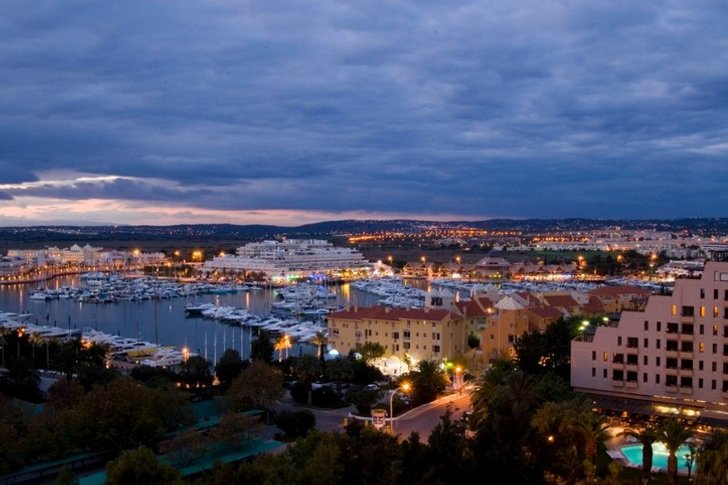
Cascais
Growing out of a 12th-century fishing settlement, Cascais is today a recognized center of youth leisure. During the day, the city lives a measured tourist life, acquainting vacationers with the historical and architectural ensemble of the center. At night, Cascais is illuminated by the lights of numerous discos and nightclubs. Local beaches are ideal for lovers of extreme water sports.

Guimarães Castle
The medieval fortress, built in the middle of the 10th century to protect the nearby monastery, was used as a defensive structure for five centuries. Then the castle of Guimarães was turned into a prison. Starting from the 18th century, the building, which was collapsing from time to time, was gradually dismantled into stones by the locals. At the end of the 19th century, the castle was declared a historical monument, restored and opened to the public.

Praia da Marina beach
Located near the town of Carvoeiro, the beach is distinguished by both exquisite beauty and steepness, unsuitable for older holidaymakers and families with small children. Everyone else can descend the long, steep stairs to Praia da Marina, marvel at the changing colors of the water and explore the local coves, grottoes and caves.
